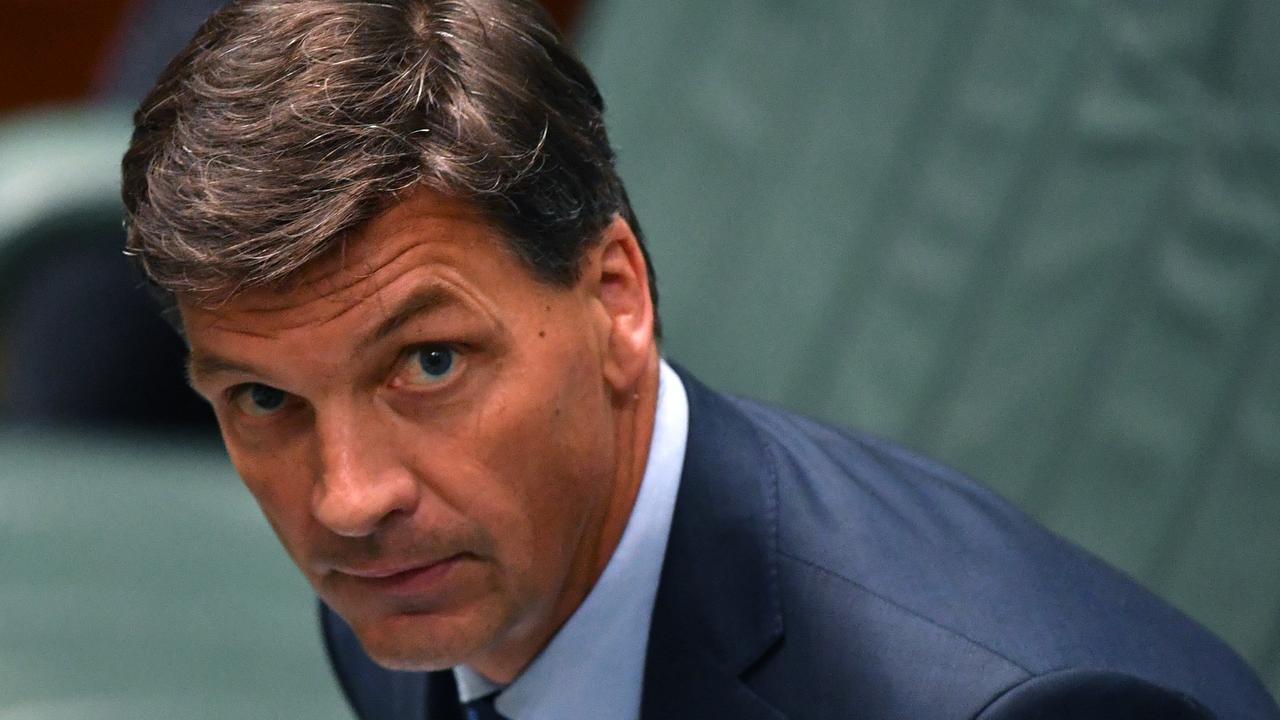Middle-income earners bear brunt of slump
Middle-income earners bear brunt of decade-long wage growth slump as lower wage groups use tax-and-transfer welfare system.

Middle-income earners are bearing the brunt of a decade-long wage growth slump while workers on lower wages are weathering the storm through the tax-and-transfer welfare system, according to a Treasury report that debunks the myth of rising income inequality since the global financial crisis.
The first study of its kind into the underlying causes of the record low wage growth cycle, which the Reserve Bank saw as perplexing in a May analysis, has revealed a nationwide problem infecting every sector and hitting almost every worker.
Real wage increases over the past five years, taking into account the cost of living, have averaged half of what they did in the preceding decade, while fewer than 10 per cent of workers have experienced wage growth of 4 per cent or more — the lowest level since 2000 when the figure was 40 per cent. The percentage has been declining since.
University-educated workers, who had previously fared better with higher wage growth than those without tertiary qualifications, were now experiencing lower wage growth — and had been since 2010 — than those with no post-school education.
The report, commissioned by the Turnbull government earlier this year in response to concerns that wages growth was refusing to budge despite falling unemployment and the addition of 500,000 new jobs since 2015, revealed that the only areas to have bucked the trend with higher wage growth were in businesses that were investing and had achieved higher labour productivity.
Key findings of the report, which Scott Morrison revealed in a speech to the Business Council of Australia last night, suggested the realignment in three key wage indicators was showing signs of a turnaround in what has been a 20-year slump in wage growth. The picture was still bleak for a majority of workers, however, whose wages had not been keeping pace with the rising cost of living since the end of the mining boom.
“While the recent jobs growth has been great for those 800,000 Australians and their families, for 11½ million other Australian workers it has been a long time since most of them have a had decent pay rise,” the Treasurer said.
“The bills jammed under their fridge magnets at home, in particular the ones you can’t avoid like power, rent, rates or the mortgage, are not going anywhere.
“This is not a problem affecting one or two states in isolation, nor is it centred on certain industries or pay grades — it affects those on awards, collective agreements or individual agreements alike, and … those in regional areas as much as those in cities.
“As we know, wages grew by a subdued 1.9 per cent through the year to the June quarter 2017 — the slowest annual growth in at least 20 years,” Mr Morrison said.
The results suggested there had been a potential emergence of what the Treasurer described as “job polarisation, with simultaneous growth of high education, high-wage jobs and low education, lower wage jobs (which benefit proportionately more from our tax and transfer system) at the expense of middle-education, middle-wage jobs.”
The study undertaken with input from the RBA, the Australian Bureau of Statistics and the Department of Employment showed that while wage growth weakness had been indiscriminate across industries and occupations, some groups, middle-income earners in particular, had carried the greatest burden.
The findings contradict the union movement’s arguments that income inequality in Australia is now at record levels. It also challenges Labor’s opposition to company tax cuts to drive investment, which the report directly linked to any improvements in wage growth.
“The facts also debunk the populist theory that soft wages growth has been contributing to growing income inequality. It is in fact the opposite,” Mr Morrison said. “As I have said on numerous occasions, unlike many other advanced economies, our tax and welfare system has protected Australians against rising inequality since the GFC.
“Nonetheless, I understand that in a period of subdued wage growth, people can rightfully feel like things are not getting better and can see others in society doing better than them. Labor has chosen to cynically exploit this by leveraging these people’s genuine concerns, promising them that they can do better if they make others do worse. It’s a con.
“Occupations that are described as more cognitive or non-routine, such as managers and professionals, have experienced wage growth as low as more routine occupations,” he said.
The study also found that while capital city wages were still up to 20 per cent higher than those in regional areas — which were compensated for with a lower cost of living — the wage growth story had been similar.
“This does not suggest a period of growing inequality, with one nation split into the haves and have nots,” Mr Morrison said.
The study concluded that there had been three key indicators behind the cause of the unexplained wage slump but which also provided optimism for a return to higher growth.
While high job growth had been achieved over the past two years, the rate had not picked up underemployment or capacity levels in the labour market that would otherwise drive wage growth.
There had been signs in the past six months that this was beginning to change, particularly in the IT, construction and health sectors.
The second driver was expectations of inflation, which conditions the setting of wages. The report found there was a turnaround in inflation expectations, which had been markedly low in the period following the end of the mining boom.
The third factor was the coming back to earth from the inflated wage growth during the mining boom, which had not been supported by productivity.





To join the conversation, please log in. Don't have an account? Register
Join the conversation, you are commenting as Logout